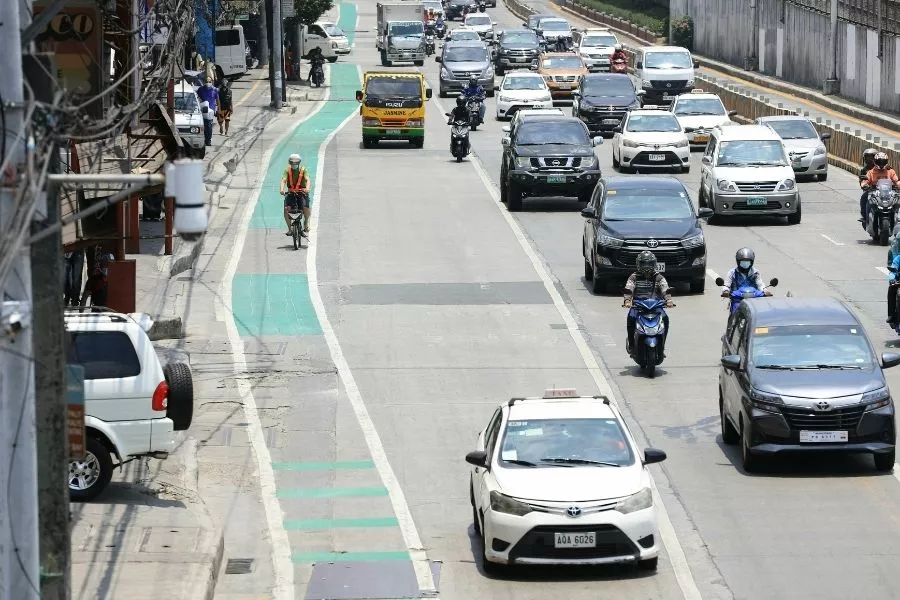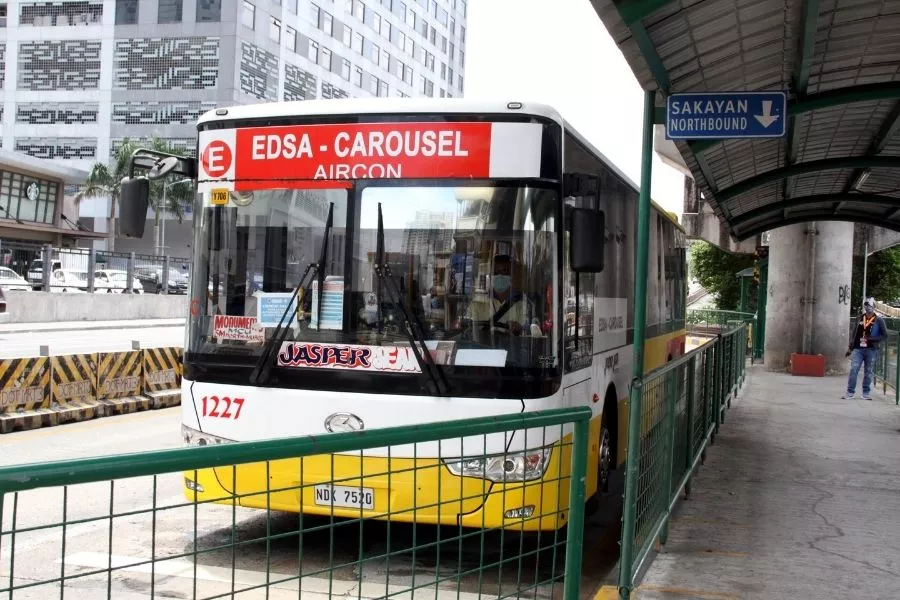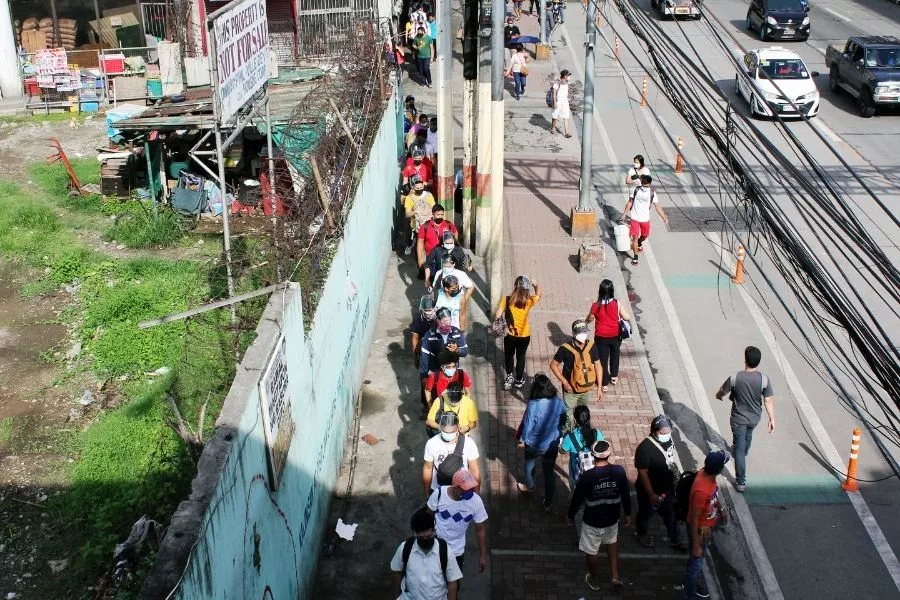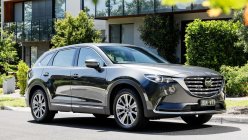Vehicular traffic on EDSA is noticeably crawling, literally and figuratively, toward pre-pandemic levels. Yet, the Metro Manila Development Authority (MMDA) says that it can still handle the traffic situation in the metropolis, despite initial reports suggesting that it is considering bringing back the Unified Vehicular Volume Reduction Progam (UVVRP), also known as the number conding scheme.

The MMDA says there's no need to bring back the number coding scheme for now
MMDA Chairman Benjamin Abalos reports that there’s no need to bring back the traffic management measure just yet. He notes that travel speeds along EDSA have improved, despite more vehicles using the thoroughfare. “Southbound travel speed is faster now at 27 kilometers per hour, compared to 11 kilometers per hour before the pandemic,” he explained.
Abalos credits the change to factors such as the new EDSA Busway scheme, reopening of U-turn slots, new road infrastructure projects, and the enforcement of Mabuhay Lanes which can be used as alternate routes by motorists. Nevertheless, he is appealing for the public’s understanding and cooperation as the agency is still working to address issues relating to traffic.

MMDA Chair Benjamin Abalos credits the EDSA Busway scheme as one reason for smoother traffic
The MMDA chief also cites the commuting public’s convenience as a major reason why number coding isn’t back yet, noting that public transportation is still limited to 50 percent capacity. “If we implement the number coding scheme now, can our public transport accommodate passengers given the minimum health protocols such as social distancing needed to be implemented?” he asked.
To bring back the number coding scheme, Abalos says that more public utility vehicles (PUVs) will have to be deployed to serve commuters. Otherwise, the lack of public transportation will only result in long queues at terminals and loading bays, further exposing people to the risk of contracting COVID-19.

There's still not enough PUVs to serve commuters on a regular basis
The MMDA chief’s concerns also extend to private motorists, especially those who might offer their vehicles for carpooling, as sharing an enclosed space with strangers increases the chances of transmitting the virus to others. Abalos further points out that those who own just one vehicle will have to take public transport on coding days, adding to the throng of commuters jostling for limited available space.
We won’t suspend traffic updates here at Philkotse.com.
Recent posts
- MMDA looking to bring back number coding Jul 13, 2021
- LTFRB 20 more buses EDSA Busway Jul 14, 2021
- Dario Bridge U-turn slot Quezon City reopened Jun 23, 2021
- DOTr ltrfb action plan edsa busway Jun 16, 2021












